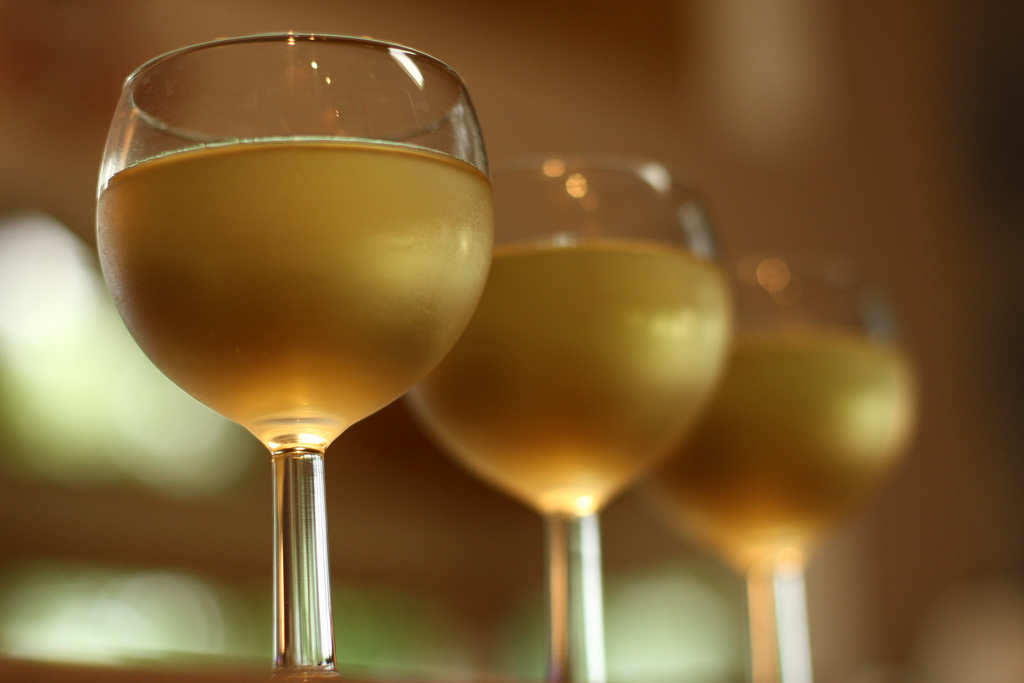
Lees are the dead yeast cells and winemaking remnants such as grape seeds, stems, pulp, and tartrates remaining in a wine after fermentation. They settle at the bottom of the fermenting barrel or tank as sediment or muddy debris. Typically the wine is transferred to another container, a process called racking, and this sediment is left behind. With sur lie aging - French for “on the lees,” - wines are kept in contact with these dead yeast cells and are not racked or filtered. The primary goal of sur lie aging is sylistic in nature as lees can be enriching and beneficial to the wine, giving it improved body, enhanced flavor, and aroma complexity.

There are two types of lees, gross lees and fine lees. Gross lees, sometimes called heavy lees, refers to the larger, chunkier particles, made up mostly of fruit remnants, and are often a source of harsh and bitter compounds that can potentially cause unpleasant sulfur flavors and aromas to develop if left in contact with the wine for too long. Fine lees are a silkier type of sediment that accumulate at the bottom of the fermenting vessel and are mostly comprised of dead yeast cells. It is important to note that with sur lie aging, winemakers are predominantly using the fine lees.
During the sur lie process, the lees cells decompose and break down into basic compounds such as polysaccharides, amino acids, fatty acids, and mannoproteins. As a result, the sugars and proteins released interact with the wine, altering its flavors and aromas. Different types of yeast will have different effects on the wine. Furthermore, the length of time the wine is aged on the lees directly influences the flavor of the final product, and the process can take anywhere from weeks to years, depending on the wine style desired. Generally the longer the wine is aged sur lie, the more layered and complex the resulting wine will be.
Lees substances can also bind with compounds derived from wood such as vanillin, furfural and methyl-octalactones. This will modify the oak aromas found in the wine. Similarly, as the lees proteins are released during the sur lie process, they will cling to the tannins in the wine, smoothing out the wine an enhancing its structure and mouthfeel. For this reason, red wines are usually not aged sur lie, as the tannins are necessary in determining the aging potential for red wine.
The idea behind sur lie aging originated in Burgundy, with Chardonnay, but is now a common practice around the world’s winemaking regions with an array of white grape varieties including Muscadet, Chenin Blanc, and Sauvignon Blanc. Aging on the lees is a significant part of the Champagne making process as well.










